Home>Gardening & Outdoor>Landscaping Ideas>What Are The Bugs That Fly Over Grass
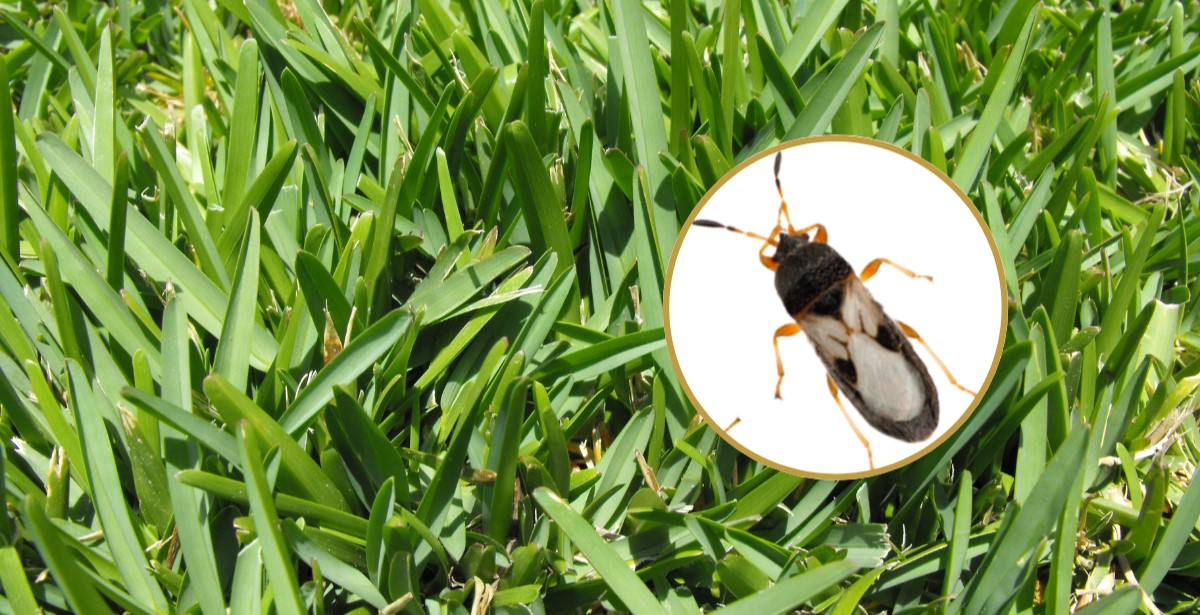

Landscaping Ideas
What Are The Bugs That Fly Over Grass
Modified: March 25, 2024
Discover landscaping ideas to keep your grass pest-free. Learn about the bugs that fly over grass and how to manage them effectively.
(Many of the links in this article redirect to a specific reviewed product. Your purchase of these products through affiliate links helps to generate commission for Storables.com, at no extra cost. Learn more)
Introduction
When we think of a lush green lawn or a sprawling meadow, the image of bugs flying over the grass often comes to mind. These bugs, often overlooked or misunderstood, play a crucial role in the ecosystem of the grass. From pollination to pest control, these flying insects contribute to the health and vitality of the grass. In this article, we will explore the different types of flying bugs that can be found over grass, their significance in the grass ecosystem, and how to identify and manage them effectively.
Whether you are a homeowner, a gardener, or a nature enthusiast, understanding the bugs that fly over grass can provide valuable insights into maintaining a thriving and balanced outdoor environment. Let’s embark on a journey to uncover the fascinating world of these flying bugs and gain a deeper appreciation for their presence amidst the blades of grass.
Key Takeaways:
- Flying bugs like butterflies, bees, and dragonflies are essential for a healthy grass ecosystem, helping with pollination, pest control, and soil fertility.
- To maintain a balanced grass environment, observe bug behaviors, promote natural predators, and use selective pest management strategies. Embrace the bugs’ role in sustaining the beauty and vitality of the grass.
Read more: How To Get Rid Of Flying Bugs In The Grass
Types of Flying Bugs Over Grass
As we peer into the expanse of a grassy landscape, a diverse array of flying bugs can be observed, each playing a unique role in the ecosystem. These bugs, ranging from delicate butterflies to industrious bees, contribute to the vibrancy and sustainability of the grass. Here are some of the most common types of flying bugs that can be found over grass:
- Butterflies: With their enchanting colors and graceful flight, butterflies are a delightful sight over grassy areas. These winged beauties play a crucial role in pollinating flowers, aiding in the reproduction of various plant species.
- Bees: Known for their diligent pollination activities, bees are essential for the proliferation of flowering plants in grassy environments. Their buzzing presence signifies a thriving and biodiverse grass ecosystem.
- Dragonflies: These agile and elegant insects are often seen darting over grassy meadows. With their voracious appetite for mosquitoes and other pests, dragonflies act as natural pest controllers, contributing to a balanced and harmonious grass environment.
- Grasshoppers: These acrobatic jumpers are a common sight in grassy areas, where they play a role in nutrient cycling and act as a food source for various predators, thereby contributing to the overall ecological balance.
- Mosquitoes: While often considered a nuisance, mosquitoes are an integral part of the grass ecosystem. Their presence serves as a food source for birds and other insects, forming a crucial link in the intricate web of grassland life.
These are just a few examples of the diverse flying bugs that can be found over grass. Each of these insects contributes to the vitality and equilibrium of the grass ecosystem, forming an interconnected tapestry of life that thrives amidst the blades of grass.
Importance of Bugs in Grass Ecosystem
The bugs that fly over grass play a pivotal role in maintaining the health and balance of the grass ecosystem. Their presence and activities contribute to various essential functions that sustain the vitality of the grassy landscape. Understanding the importance of these bugs provides valuable insights into the intricate web of life that unfolds within the grass ecosystem.
One of the primary contributions of flying bugs in the grass ecosystem is pollination. Bees, butterflies, and other pollinators play a critical role in transferring pollen from one flower to another, facilitating the reproduction of flowering plants. This process is fundamental to the production of fruits, seeds, and other plant products, thereby supporting the overall biodiversity and ecological stability of the grassland.
Additionally, flying bugs such as dragonflies and predatory insects serve as natural pest controllers. They help regulate the population of pests that can potentially harm the grass and other plant species. By preying on pests such as mosquitoes, flies, and aphids, these beneficial insects contribute to the ecological balance, reducing the need for chemical pesticides and fostering a healthier grass environment.
Furthermore, bugs flying over grass also serve as food sources for various other organisms within the ecosystem. Birds, small mammals, and other insectivores rely on flying bugs as a primary food source, forming a crucial link in the grassland food chain. This interdependence underscores the significance of these bugs in sustaining the overall biodiversity and ecological equilibrium of the grass ecosystem.
Moreover, the activities of bugs such as beetles and ants contribute to soil aeration and nutrient cycling. Their movements and burrowing actions aerate the soil, promoting better water infiltration and root growth. Additionally, these insects aid in the decomposition of organic matter, releasing essential nutrients back into the soil and fostering the overall fertility of the grassland.
By recognizing and appreciating the multifaceted contributions of flying bugs in the grass ecosystem, we gain a deeper understanding of the interconnectedness and resilience of this natural habitat. The presence of these bugs not only enhances the aesthetic appeal of the grass but also sustains its ecological integrity, making them indispensable components of the grassy landscape.
How to Identify and Manage Bugs in Grass
Identifying and managing bugs in grass is essential for maintaining a healthy and balanced ecosystem. While many flying bugs contribute positively to the grass environment, some may pose challenges that require effective management strategies. Here are some tips for identifying and managing bugs in grass:
Identification
1. Observation: Regularly observe the grassy area to identify the types of flying bugs present. Note their behaviors, feeding patterns, and interactions with the grass and other organisms within the ecosystem.
2. Field Guides and Resources: Utilize field guides and online resources to identify different species of flying bugs. These guides often provide detailed descriptions and images to aid in accurate identification.
3. Professional Assistance: If unsure about the identification of specific bugs or their potential impact on the grass ecosystem, seek the expertise of entomologists or local agricultural extension services for guidance.
Management
1. Integrated Pest Management (IPM): Implement an IPM approach that emphasizes preventive measures, biological controls, and minimal pesticide use. This holistic strategy focuses on long-term bug management while minimizing environmental impact.
2. Natural Predators: Encourage the presence of natural predators such as birds, beneficial insects, and amphibians that feed on pest bugs. Creating habitats and food sources for these predators can help maintain a balanced bug population in the grass.
3. Plant Diversity: Cultivate a diverse range of grass species and flowering plants to attract beneficial bugs while minimizing the prevalence of potential pest species. A biodiverse grass ecosystem can naturally regulate bug populations and enhance overall resilience.
4. Selective Pesticide Use: If pesticide application becomes necessary, opt for targeted and selective products that minimize harm to non-target bugs and the surrounding environment. Follow label instructions carefully and consider the potential impact on beneficial bugs.
5. Cultural Practices: Adopt cultural practices such as proper mowing, irrigation management, and soil health maintenance to promote robust grass growth and resilience against bug-related stressors.
6. Monitoring: Regularly monitor bug populations and their impact on the grass. Early detection of potential pest outbreaks allows for proactive and targeted management interventions.
By employing these identification and management strategies, individuals can foster a thriving grass ecosystem while effectively addressing any bug-related challenges that may arise. Embracing a proactive and sustainable approach to bug management contributes to the overall health and resilience of the grassy landscape.
When walking through grassy areas, wear light-colored clothing to make it easier to spot flying bugs. Additionally, using insect repellent can help keep bugs away.
Conclusion
As we conclude our exploration of the bugs that fly over grass, it becomes evident that these winged inhabitants play a vital role in shaping the health and dynamics of the grass ecosystem. From pollination and pest control to nutrient cycling and food web interactions, flying bugs contribute to the resilience and biodiversity of the grassy landscape.
By recognizing the importance of these bugs and understanding their diverse roles, individuals can cultivate a deeper appreciation for the intricate web of life that thrives amidst the blades of grass. Whether it’s the delicate flutter of a butterfly or the industrious buzz of a bee, each flying bug adds a layer of richness to the grass ecosystem, underscoring the interconnectedness of all living organisms within this natural habitat.
Furthermore, the effective identification and management of bugs in grass are essential for maintaining a balanced and sustainable environment. By embracing integrated pest management strategies, fostering natural predators, and promoting plant diversity, individuals can nurture a resilient grass ecosystem while minimizing the potential impact of pest-related challenges.
As stewards of the grassland, it is our responsibility to uphold the delicate balance between bug populations and the health of the grass. Through thoughtful observation, informed decision-making, and a commitment to sustainable practices, we can ensure that the bugs that fly over grass continue to thrive in harmony with their verdant surroundings.
Let us continue to marvel at the ballet of butterflies, the hum of bees, and the graceful flight of dragonflies over the grass, recognizing their invaluable contributions to the beauty and vitality of this natural haven. By celebrating and safeguarding the bugs that grace our grassy landscapes, we uphold the enduring legacy of a thriving and biodiverse ecosystem for generations to come.
Frequently Asked Questions about What Are The Bugs That Fly Over Grass
Was this page helpful?
At Storables.com, we guarantee accurate and reliable information. Our content, validated by Expert Board Contributors, is crafted following stringent Editorial Policies. We're committed to providing you with well-researched, expert-backed insights for all your informational needs.
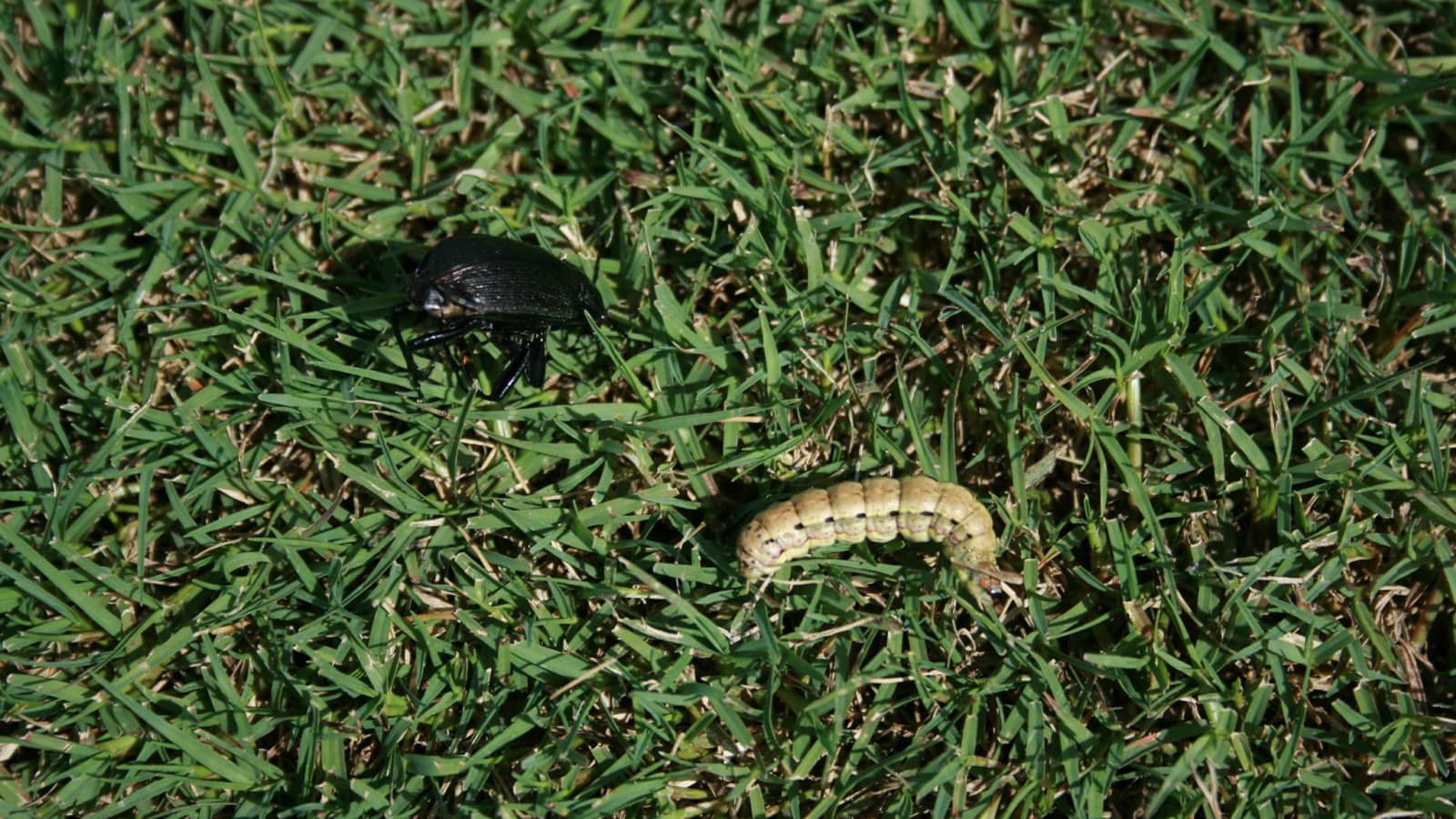

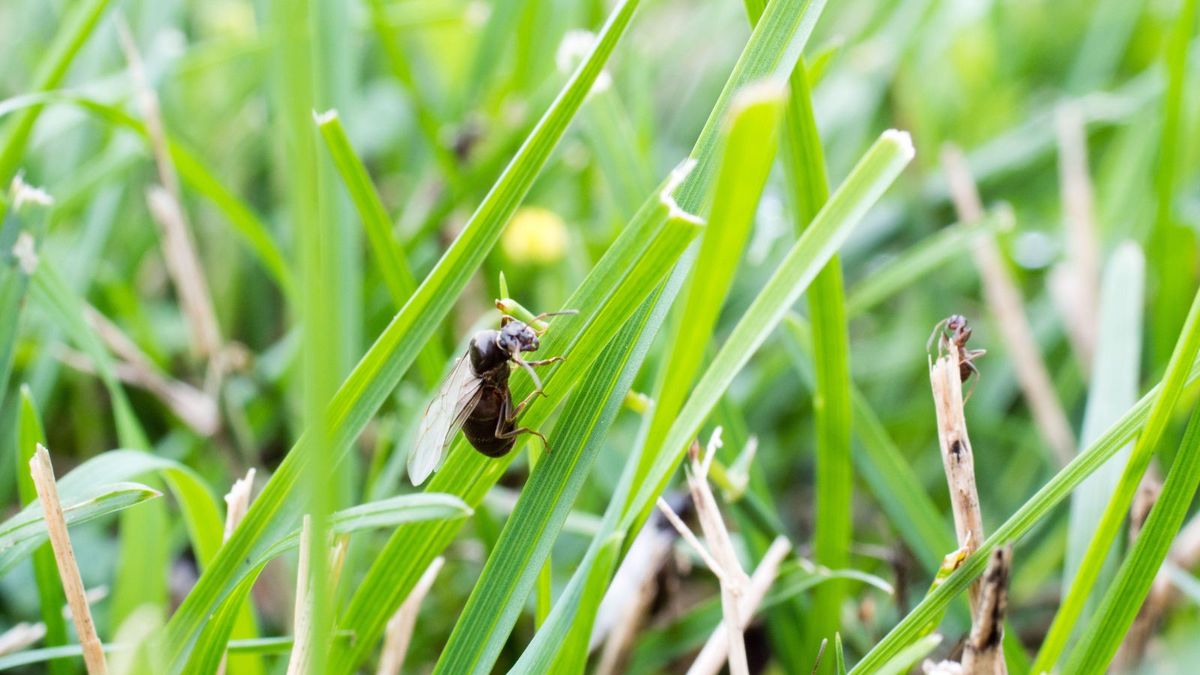
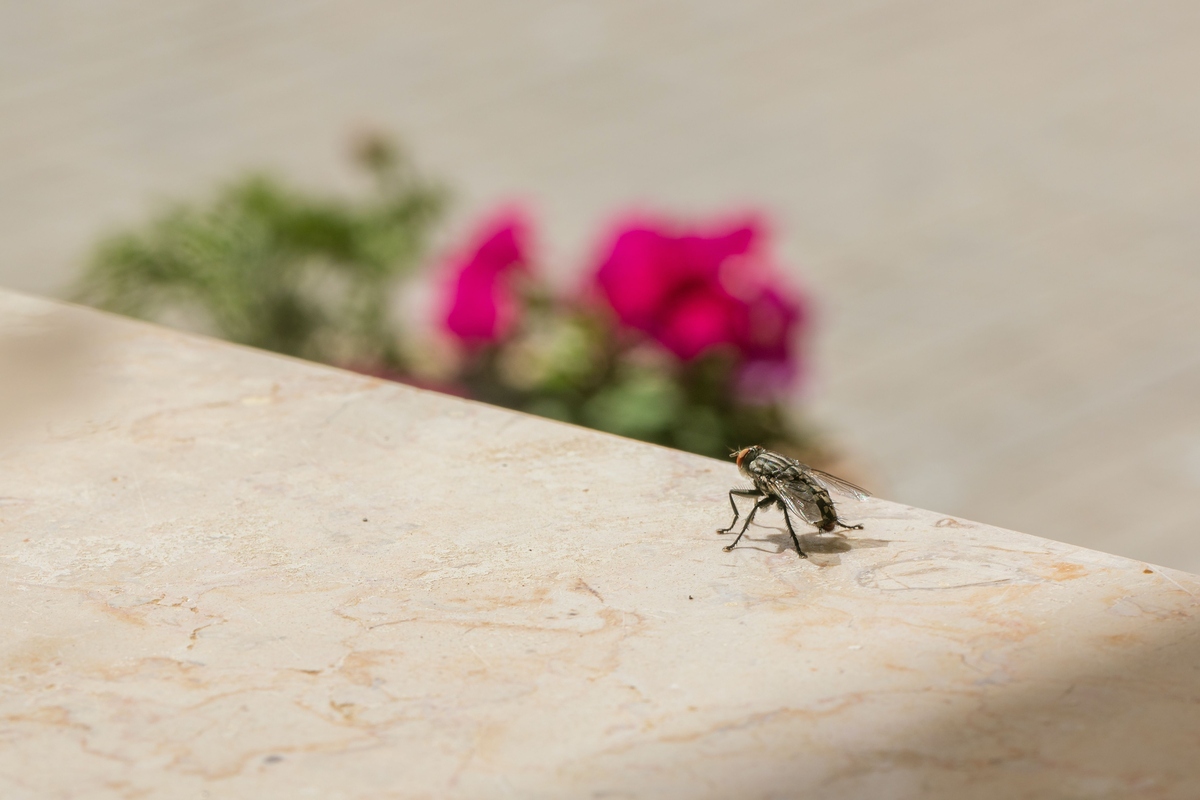
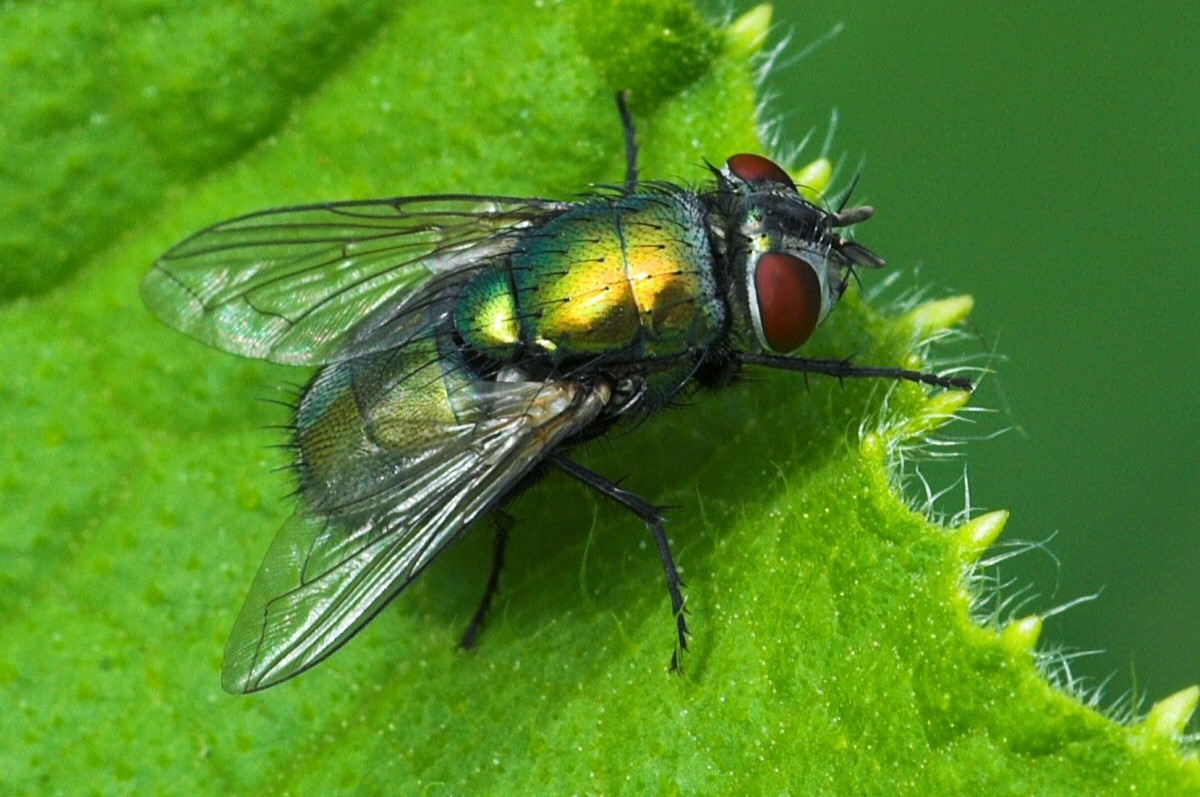

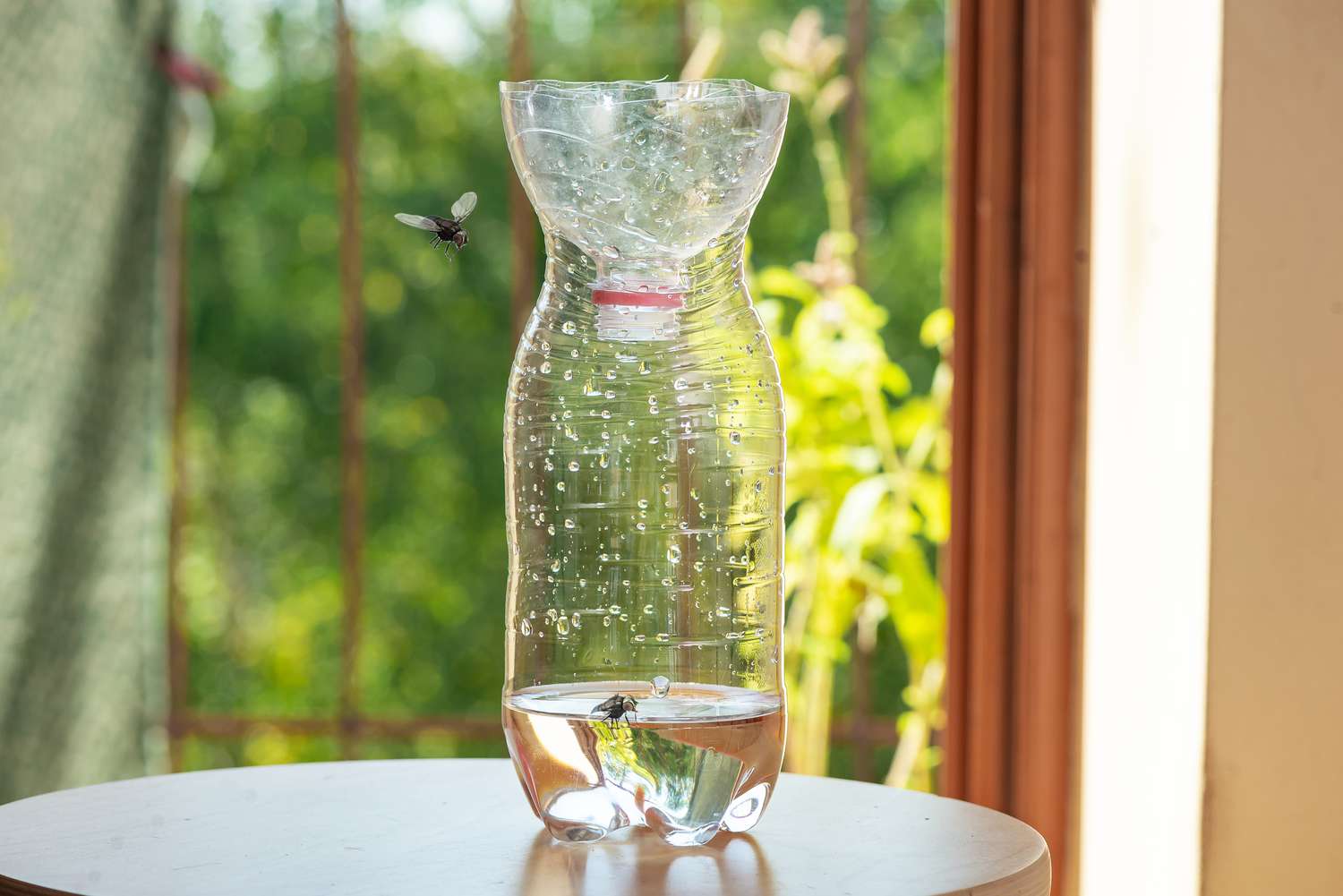
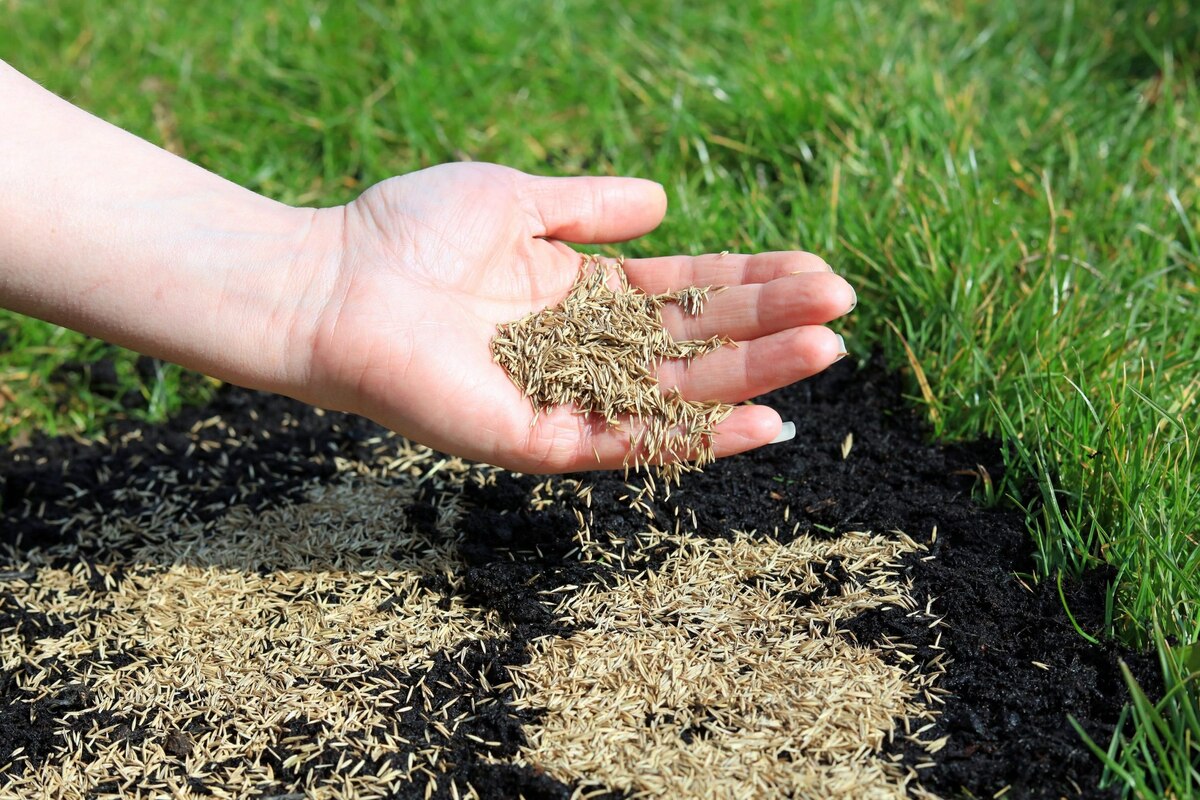
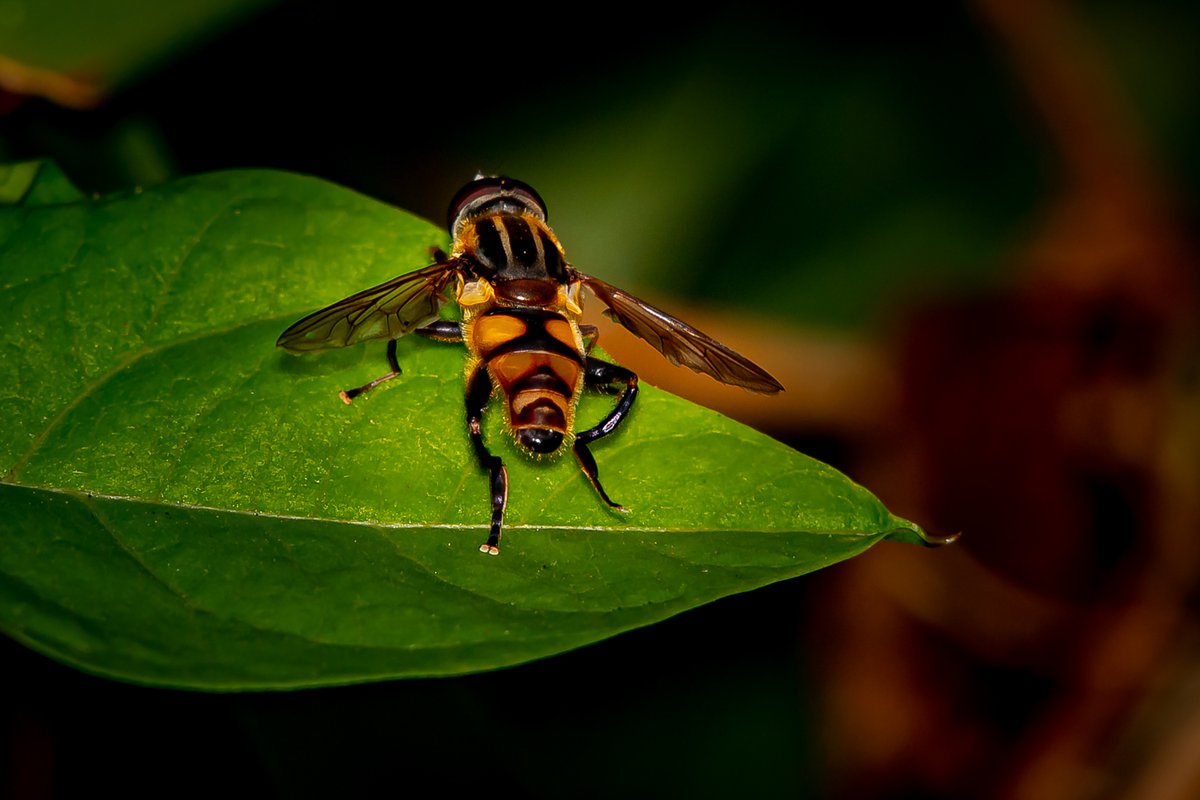
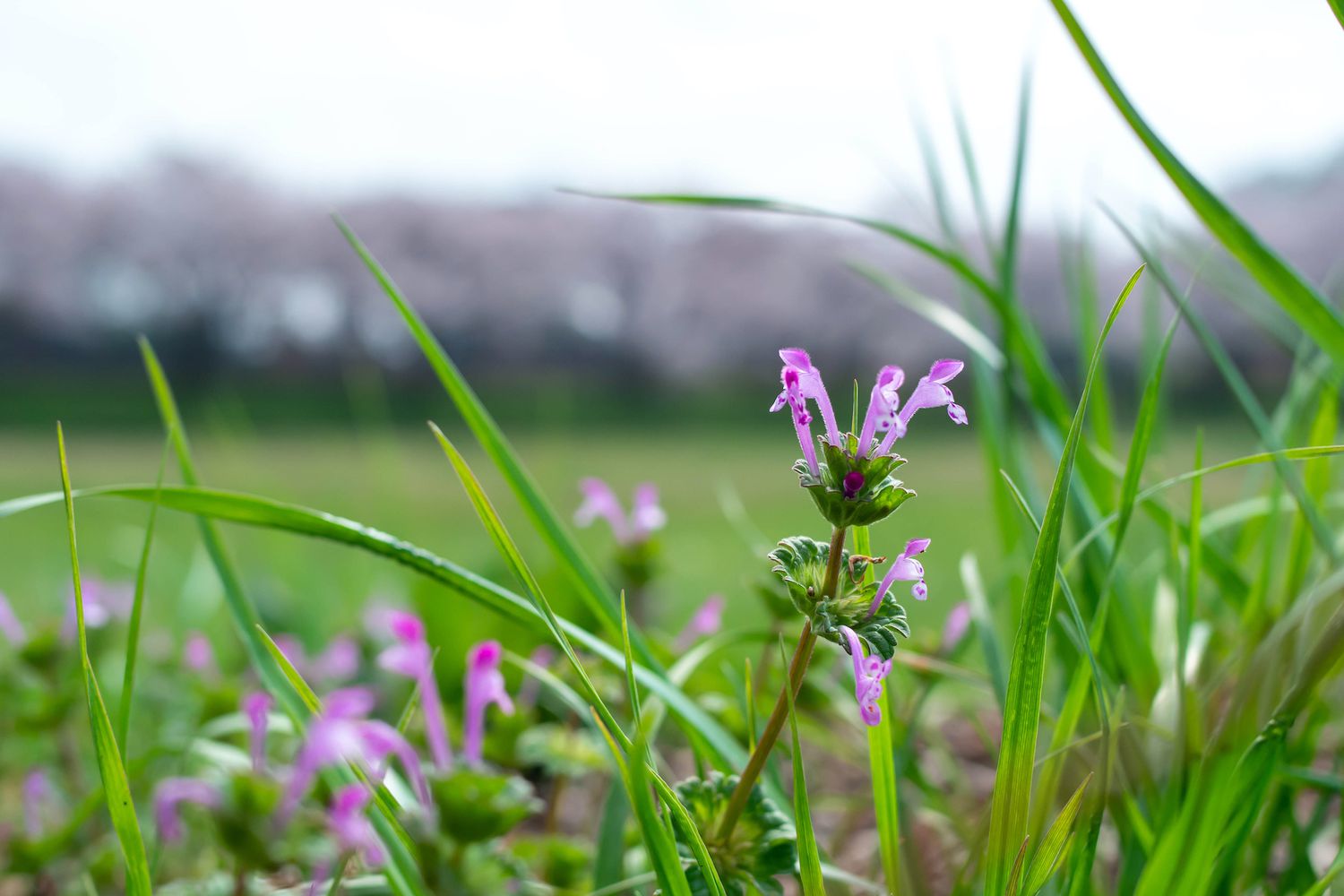
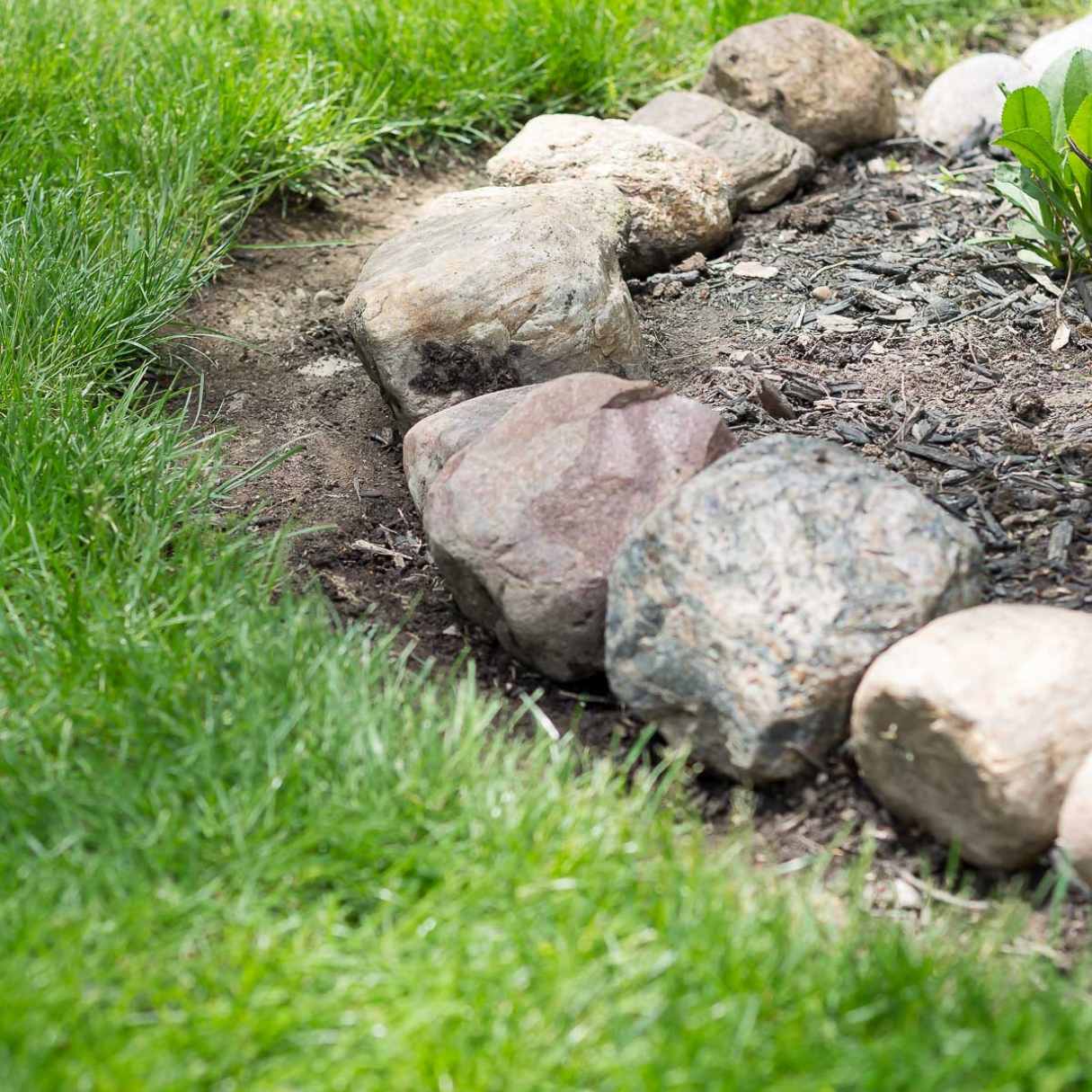

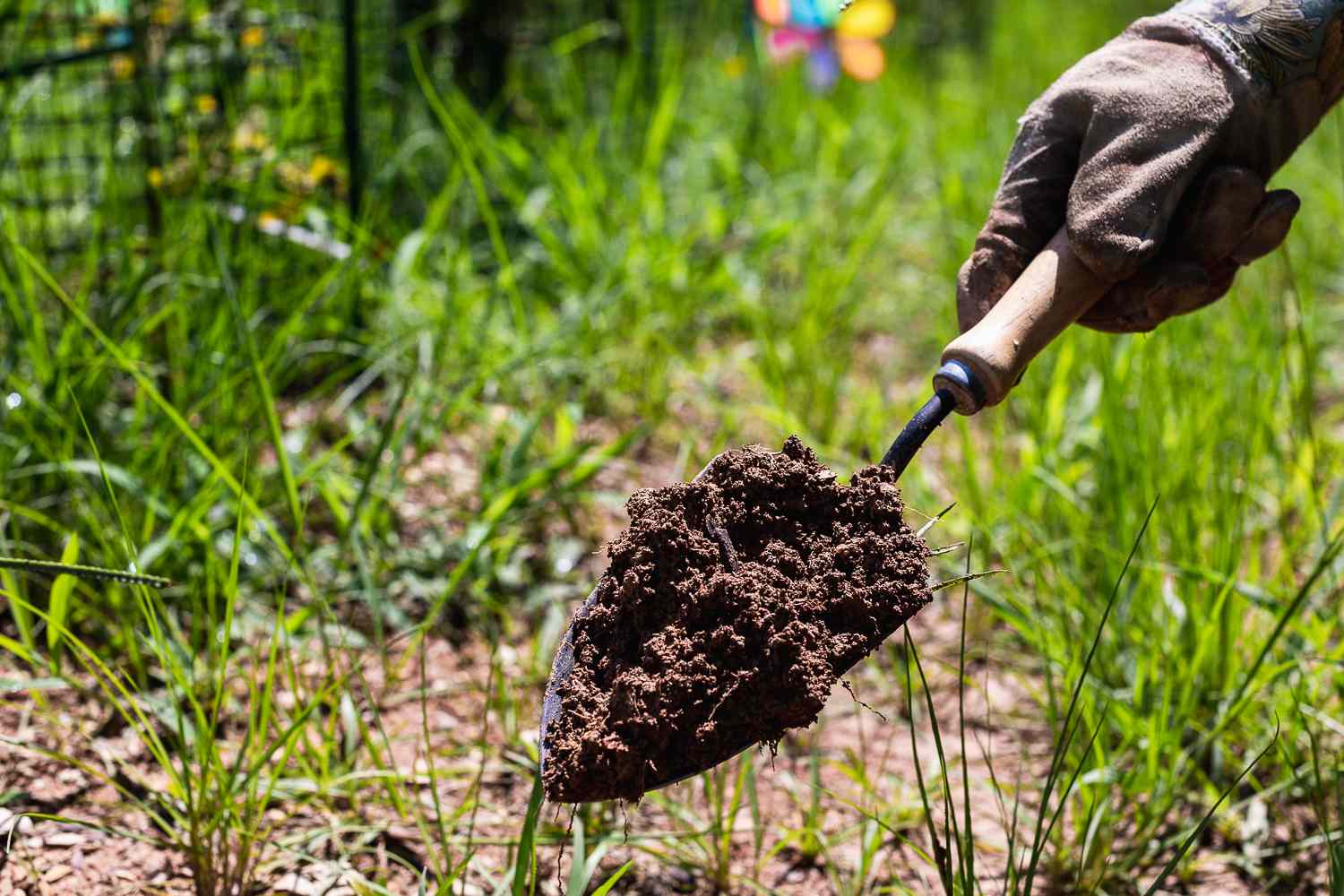
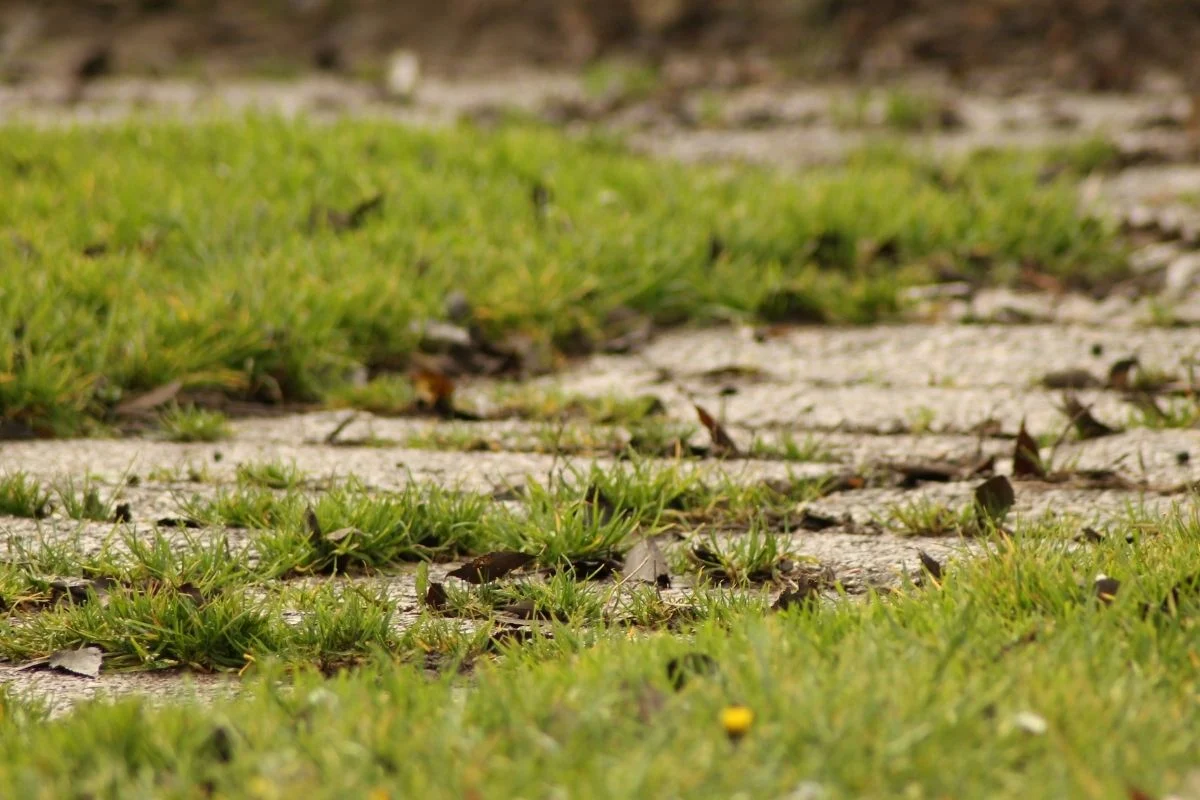

0 thoughts on “What Are The Bugs That Fly Over Grass”